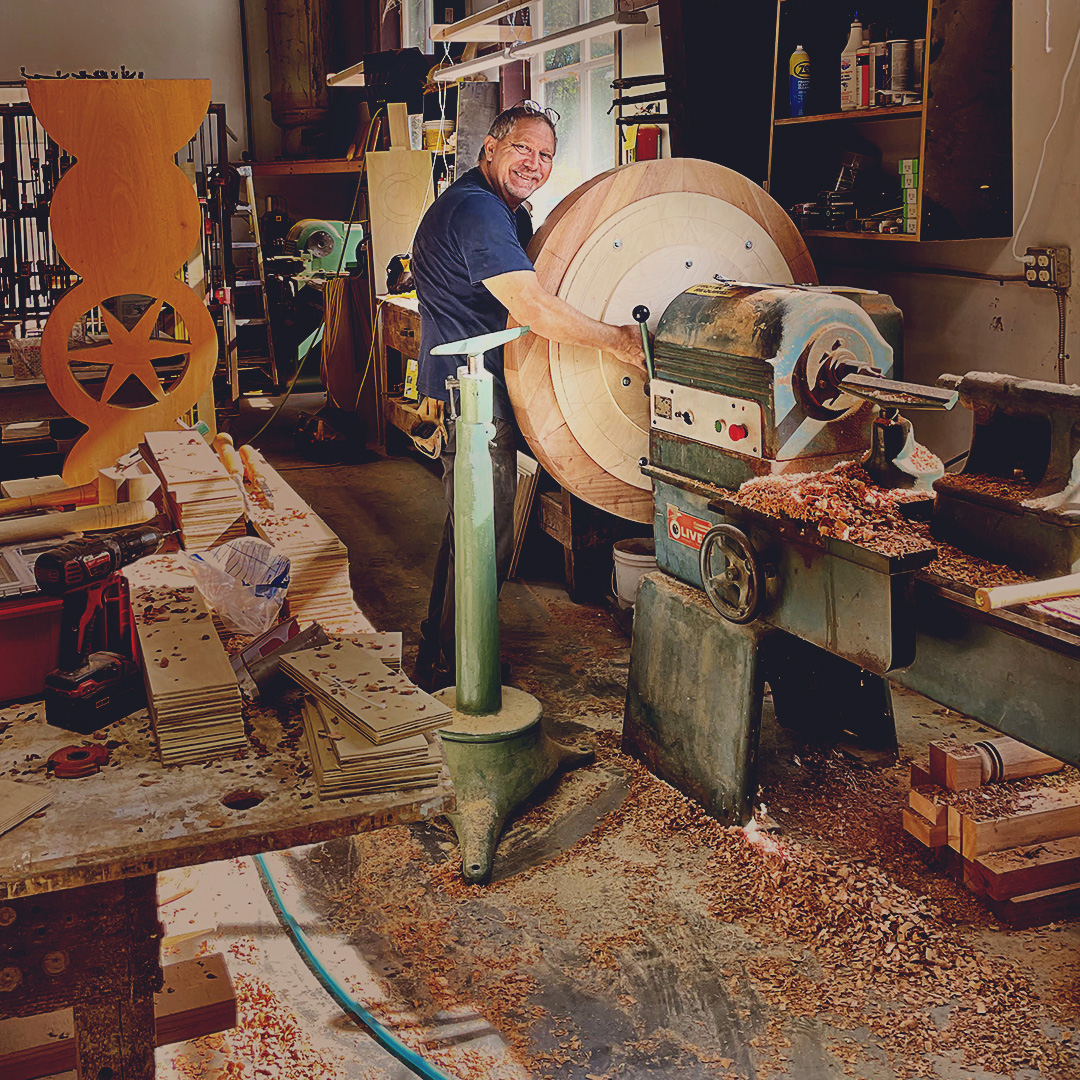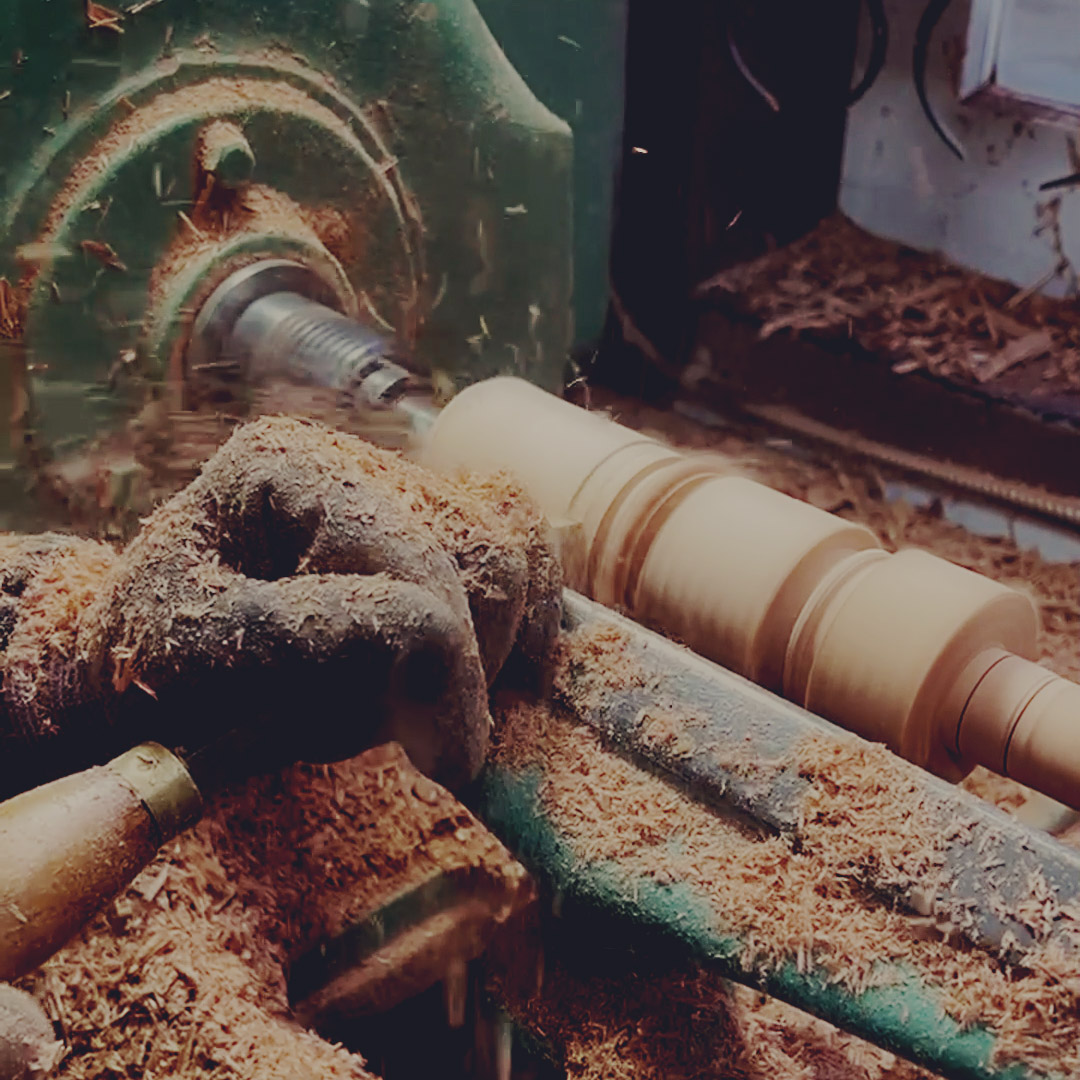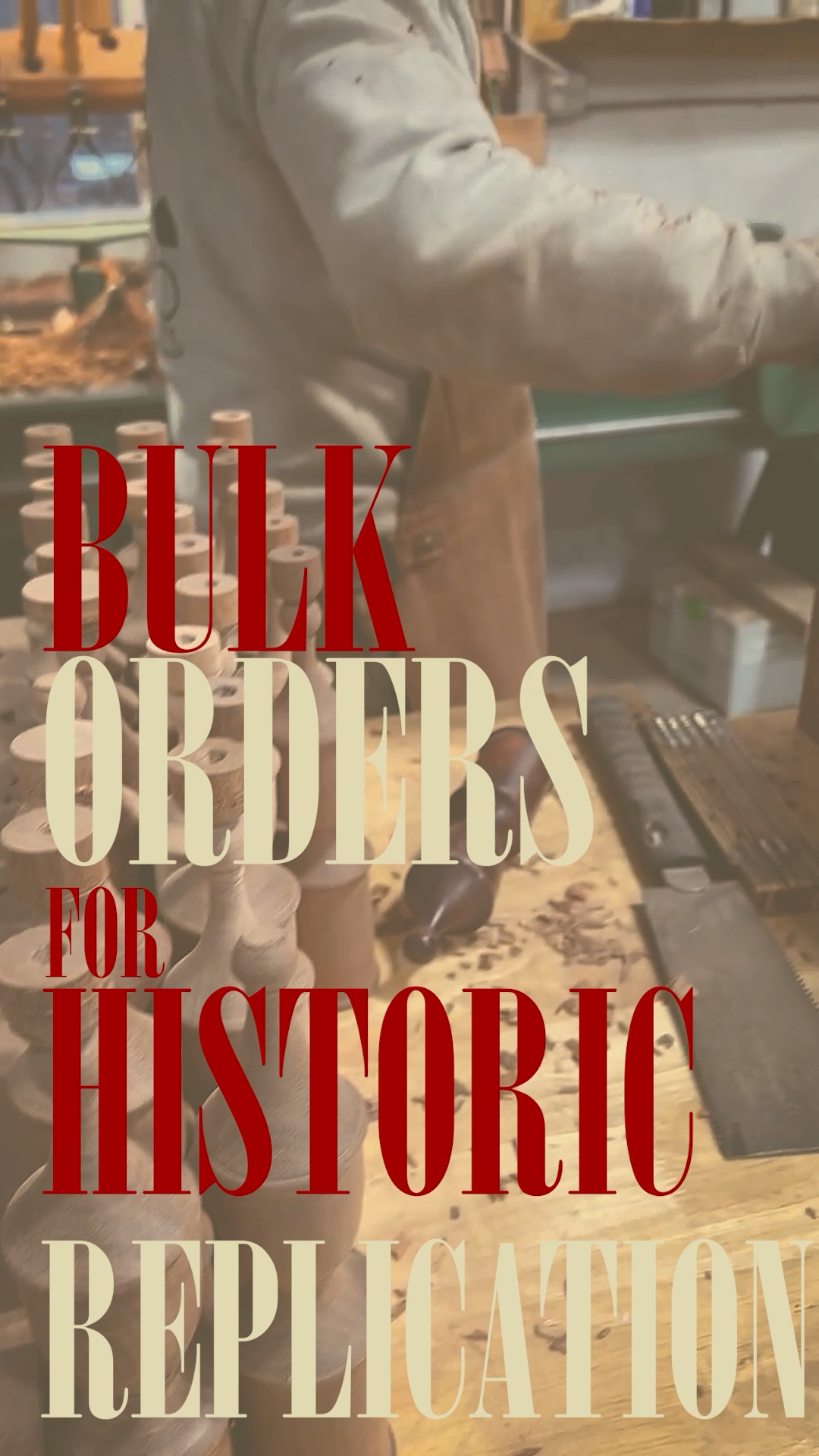The art of turning wood on a lathe to create circular architectural elements is a blend of tradition, craftsmanship, and aesthetic vision. This practice, integral to woodworking and architecture, has evolved over centuries, adapting to changing styles and technological advancements while maintaining its core principles of shaping wood into functional and decorative forms.
Historical Significance
Woodturning, the process of shaping wood while it is rotated on a lathe, has been a fundamental woodworking technique since ancient times. The lathe, one of the oldest woodworking tools, is believed to have originated in ancient Egypt. Over the centuries, it has played a crucial role in the development of architecture, particularly in the creation of circular wood elements. These elements have not only provided structural support but have also been central to decorative motifs in various architectural styles.
Types of Circular Architectural Elements
- Balusters: These are the vertical supports in a balustrade system, commonly seen on staircases and balconies. Each baluster is turned to achieve a specific design, which can range from simple cylindrical shapes to more complex, intricate patterns.
- Newel Posts: Serving as the anchor points of a staircase railing system, newel posts are often more substantial and elaborately designed than balusters. They mark the beginning, end, and turns of staircases.
- Columns and Pilasters: These are fundamental in classical architecture, providing both support and ornamentation. Turned wooden columns often mimic the styles of their stone counterparts, such as Doric, Ionic, and Corinthian designs.
- Finials: Decorative end pieces that can be found on top of newel posts, bed posts, curtain rods, and other architectural features. Finials range from simple rounded shapes to complex, carved designs.
The Turning Process
The process of turning wood on a lathe requires skill and precision. A craftsman selects a suitable piece of wood, considering factors like grain, texture, and strength. The wood is then mounted on the lathe, which rotates it at high speeds. Using various chisels and gouges, the woodturner shapes the wood, carefully following the design specifications.
The creation of circular architectural elements is not just about removing excess wood; it’s about understanding the material’s properties and working with them to achieve a balance between strength and beauty. The woodturner must consider the final application of the piece, ensuring that it is not only aesthetically pleasing but also structurally sound.
Applications in Architecture
Circular wood elements turned on a lathe find their application in various architectural contexts:
- In residential architecture, they add elegance and character to staircases, porches, and furniture.
- In public and historical buildings, they often play a role in preserving the architectural integrity and aesthetic of the structure.
- In modern architecture, while the styles may have evolved, the fundamental process of turning wood for circular elements remains a testament to traditional craftsmanship.
Artistry and Craftsmanship
The creation of these elements is as much an art as it is a craft. The woodturner must have an eye for detail, an understanding of architectural styles, and the ability to translate a design concept into a tangible wooden form. This process requires not only technical skill but also a deep appreciation for the material and the history it carries.
Technological Advancements
While the basic principles of woodturning have remained constant, technological advancements have introduced new tools and techniques, allowing for greater precision and efficiency. Today’s woodturners can achieve more complex designs and consistent results, but the essence of the craft — the connection between the material, the tool, and the craftsman — remains unchanged.
Sustainability and Material Choice
In contemporary practice, there is an increasing focus on sustainability. The choice of wood, its sourcing, and the impact of the manufacturing process on the environment are important considerations. Woodturners and architects often opt for locally sourced, renewable wood species, ensuring that their creations are not only beautiful but also environmentally responsible.
Cultural Significance
Circular architectural elements turned on a lathe are not just functional components of a structure; they are bearers of cultural and historical significance. They reflect the architectural trends of their time, the skill of the craftsmen, and the cultural context in which they were created.
In conclusion, the practice of turning wood on a lathe to create circular architectural elements is a fascinating blend of history, art, and craftsmanship. It highlights the enduring relationship between humans and their environment, where a simple piece of wood, through the skilled hands of a craftsman, is transformed into a piece of architectural beauty. This tradition, rooted in the past, continues to evolve, adapting to modern needs while preserving the essence of the craft.

@gepetto.millworks The original bed finials at the Omni Homestead resort were misplaced during the extensive renovation process. As months went by, these finials became the final missing component, causing a delay in completing the project. Today, we are delighted to announce the successful delivery of 60 handcrafted and stained finials, which required only one week of shop time. This accomplishment marks the end of a four-month search! If you are in need of wooden historic replacement parts, your first step should be reaching out to Gepetto. You can contact Matt at (804) 938-2094 to tap into 30 years of construction knowledge and expertise. Matt can provide you with an accurate project timeline that Gepetto will commit to delivering on time as agreed upon. #historicreplica #woodturning ♬ original sound - Gepettomillworks


